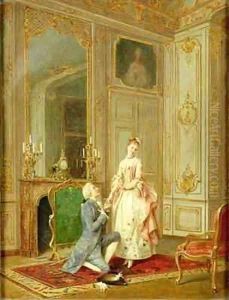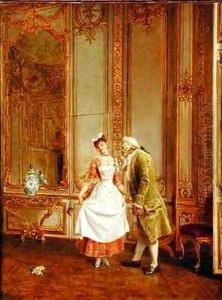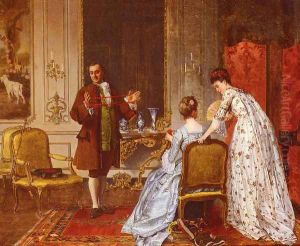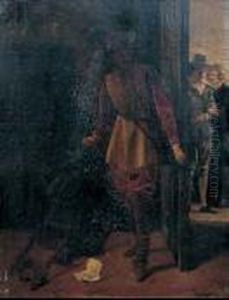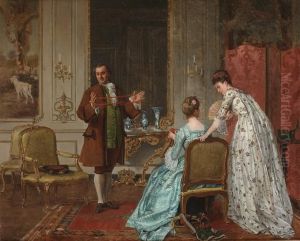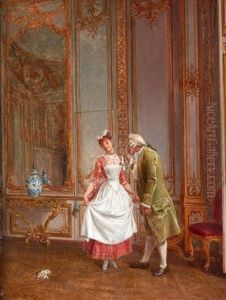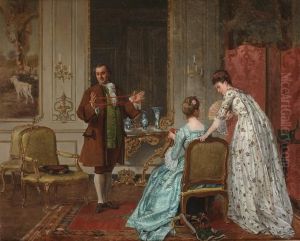Manuel Garay y Arevalo Paintings
Manuel Garay y Arévalo was a 19th-century Mexican painter known for his work during the early period of independent Mexico. He was born circa 1807, at a time when Mexico was undergoing significant political and social changes, following its independence from Spain in 1821. Not much is known about his early life, but it is believed that he received his artistic training in Mexico City, which was a cultural hub for the arts in the newly independent nation.
During his career, Garay y Arévalo became known for his religious paintings, portraits, and miniatures. His work was influenced by the neoclassical style, which was prevalent in Europe and the Americas during the late 18th and early 19th centuries. This style emphasized clarity, order, and balance, which can be seen in Garay y Arévalo's paintings. He was particularly adept at capturing the likeness and character of his subjects in his portraits, which made him a sought-after artist among the Mexican elite.
One of Garay y Arévalo's notable contributions to Mexican art is his involvement in the decoration of the Mexico City Cathedral and his work on the altarpieces in the Cathedral of Puebla. These commissions were important in establishing his reputation as a painter of religious subjects. Unfortunately, his career was cut short when he died in 1846, at the age of 39.
Garay y Arévalo's life and work were overshadowed by the political turmoil and conflicts that occurred in Mexico during his lifetime, including the Mexican-American War (1846–1848), which began shortly before his death. As a result, his contributions to Mexican art have not been as widely recognized as those of some of his contemporaries. Nonetheless, his paintings remain a valuable part of Mexico's artistic heritage, reflecting the cultural and aesthetic transitions that were taking place during the nation's early years of independence.
